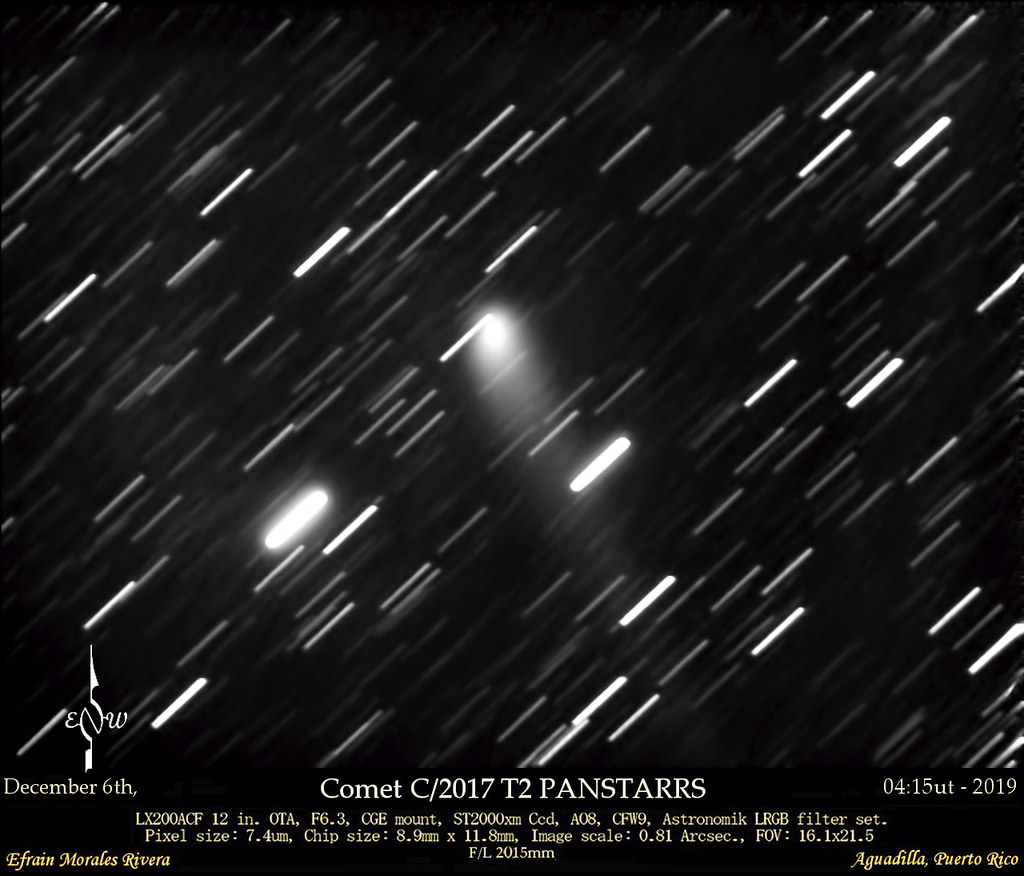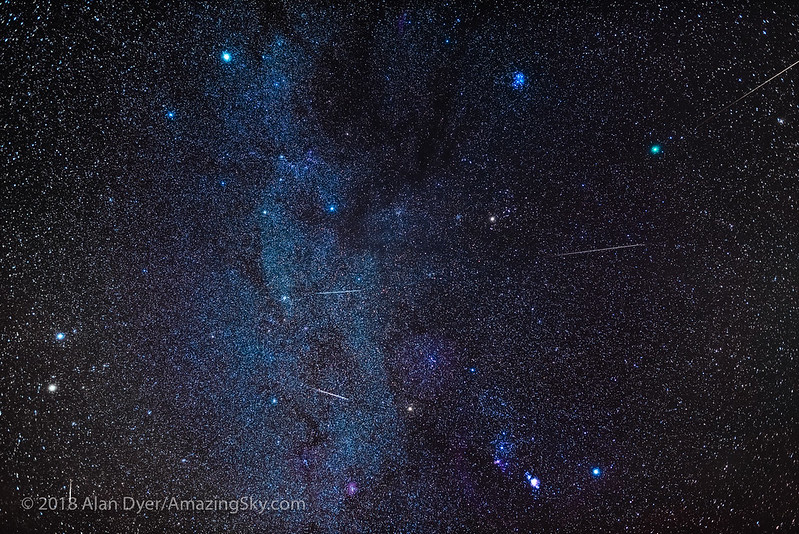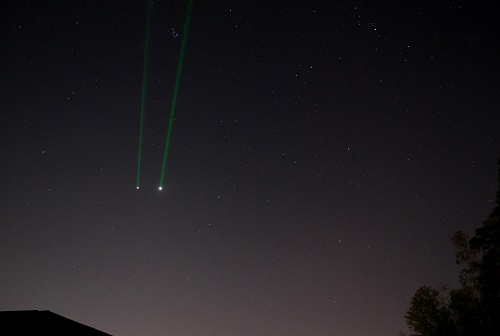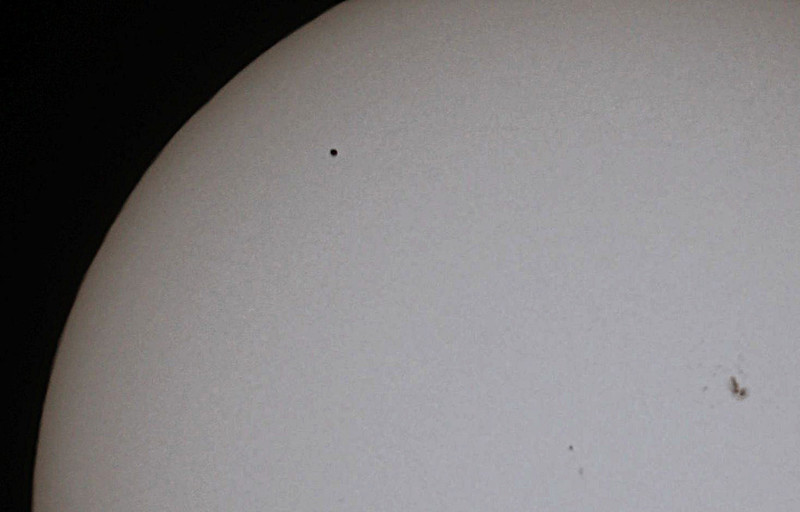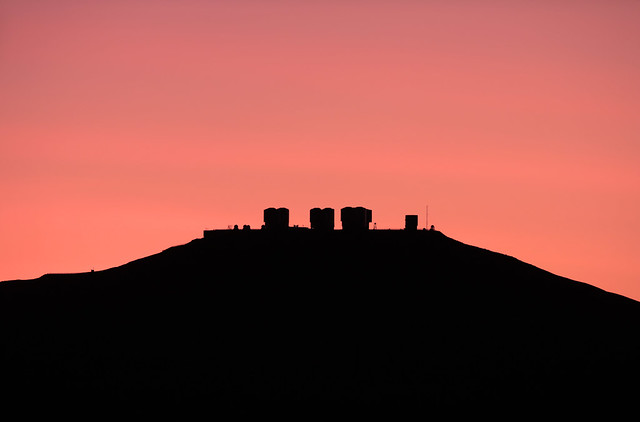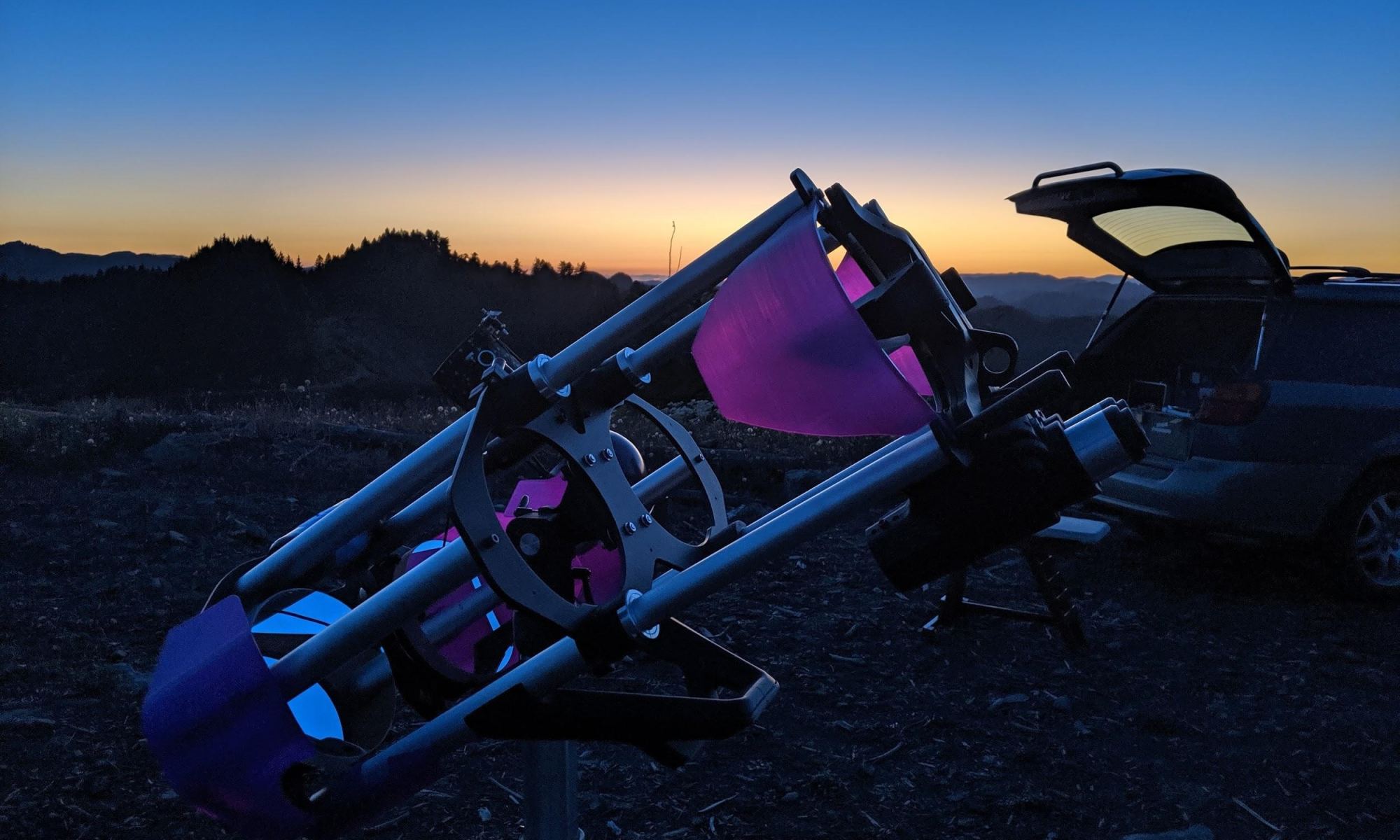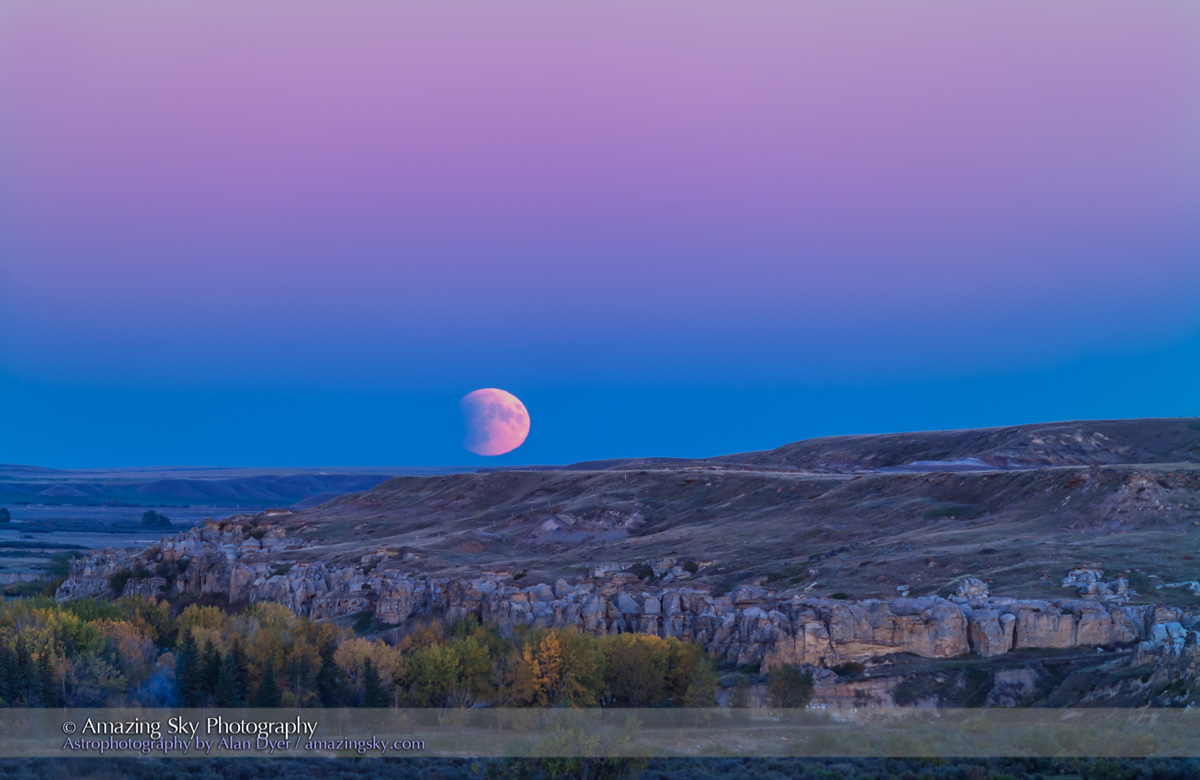Have you noticed that Orion the Hunter—one of the most iconic and familiar of the wintertime constellations—is looking a little… different as of late? The culprit is its upper shoulder star Alpha Orionis, aka Betelgeuse, which is looking markedly faint, the faintest it has been for the 21st century.
Continue reading “Waiting for Betelgeuse: What’s Up with the Tempestuous Star?”Waiting for Betelgeuse: What’s Up with the Tempestuous Star?



